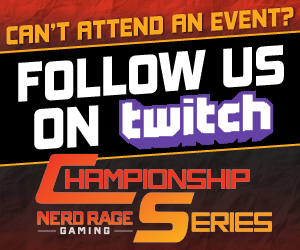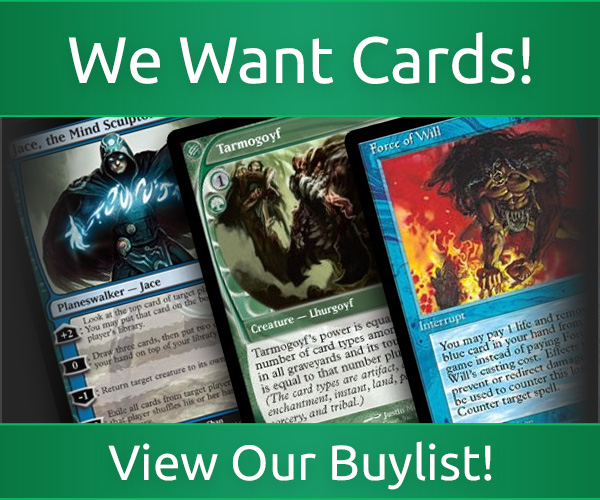Caleb Scherer: Sheer Dredgery
This past weekend at the SCG Tour Open in Syracuse I was able to sleeve up a truly broken Modern deck for the first time since the banning of Seething Song.
Of course, I’m referring to Dredge. It’s been 4 months since the printings of Prized Amalgam and Insolent Neonate and now are they are finally getting the respect they deserve. The tournament was won by Ross Merriam, who played a Dredge deck that incorporated Greater Gargadon and Bridge from Below. I ran the following list in the main event to a 10-5 finish.
Insolent Neonate and now are they are finally getting the respect they deserve. The tournament was won by Ross Merriam, who played a Dredge deck that incorporated Greater Gargadon and Bridge from Below. I ran the following list in the main event to a 10-5 finish.

The Breakdown
Dredgers
In a deck like this we rely completely on having a card with dredge in our opening hand. In order to have a high confidence of this, we have eight “high value” (Golgari Grave-Troll and Stinkweed Imp) and five “low value” (Life from the Loam and Dakmor Salvage) targets. This gives us more than an 80 percent chance to have any dredger in our opener, as well as more than a 60 percent chance of having a “high value” dredger in our opener.
The “low value” dredgers also serve other functions, such as bringing back Bloodghasts and additionally, in the case of Life from the Loam, refilling our hand for multiple Conflagrates.
Enablers
The first class of enablers is our looting/rummaging cards, such as Insolent Neonate, Faithless Looting, Burning Inquiry, and Tormenting Voice. These let us dredge through our deck starting on turn 1. The notable difference here from the lists that made top 8 in Syracuse is Burning Inquiry. This spell isn’t a strong initial enabler, but when cast as the second it does a great impression of Breakthrough in Legacy Dredge. It also helps maximize our chances of dredging most of our deck on turn 2 in a format that is used to dealing with a clogged board on turn 3. Post board this is important as all hate that costs more than 1 (counting Leyline of the Void as a “zero”) can be somewhat bypassed on the play.
The second class involves Conflagrate. This we can cast on turn 1 for 0 and then flashback to discard our dredgers, while also either killing all the opponents creatures or doing damage to our opponent to help enable haste on Bloodghast.
Land
The main thing to point out here is the inclusion of 20 lands. This may seem high for a deck that mostly wants to cast one-mana spells, but we only have access to our opening seven usually to get red sources. Over the course of a game we will almost certainly need those to cast either Conflagrate or multiple enablers in a single turn.
Sideboard
Here we just have cards that deal with hate we will have to face in games 2 and 3. Nature’s Claim for Leyline of the Void, Ancient Grudge for Grafdigger’s Cage, and Lightning Axe for Scavenging Ooze. The Gnaw to the Bones are for aggressive and burn decks, which can actually race us.
As one can see the best way to fight dredge is with direct hate or even just trying to race us. With Dredge winning the whole tournament, though, we have become public enemy No. 1. And with that comes more hate and more people picking up the deck. To combat this I would make the following changes to the deck going forward:

The main deck is basically unchanged except for the addition of Shriekhorn and a Haunted Dead over Tormenting Voice. In the sideboard, we have a major overhaul with Leyline of the Void for the mirror as well as Greater Gargadon to fight against Anger of the Gods and Grafdigger’s Cage.
I’m not sure if it will be a great choice to run back at the SCG Invitational in New Jersey this weekend, but it is a complete blast to play for anyone who enjoys completely degenerate decks.
Caleb Scherer is a grinder from Missouri, and a lover of cats and peanuts. He primarily plays unfair combo decks when he gets the chance and is known for his expertise with Storm in Legacy. When not traveling for the next open or GP, he spends his time hanging out with his cat, Wilt, or jamming games on MTGO.



